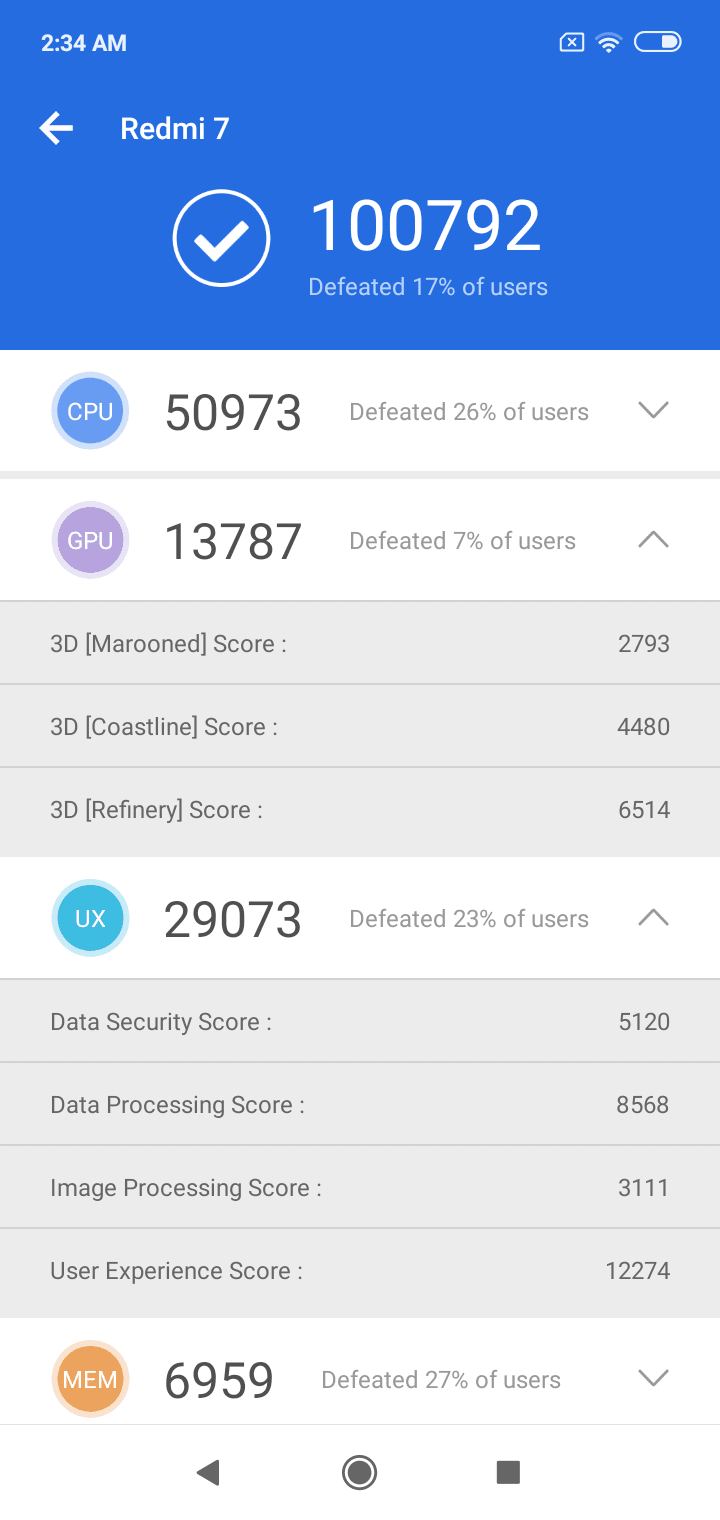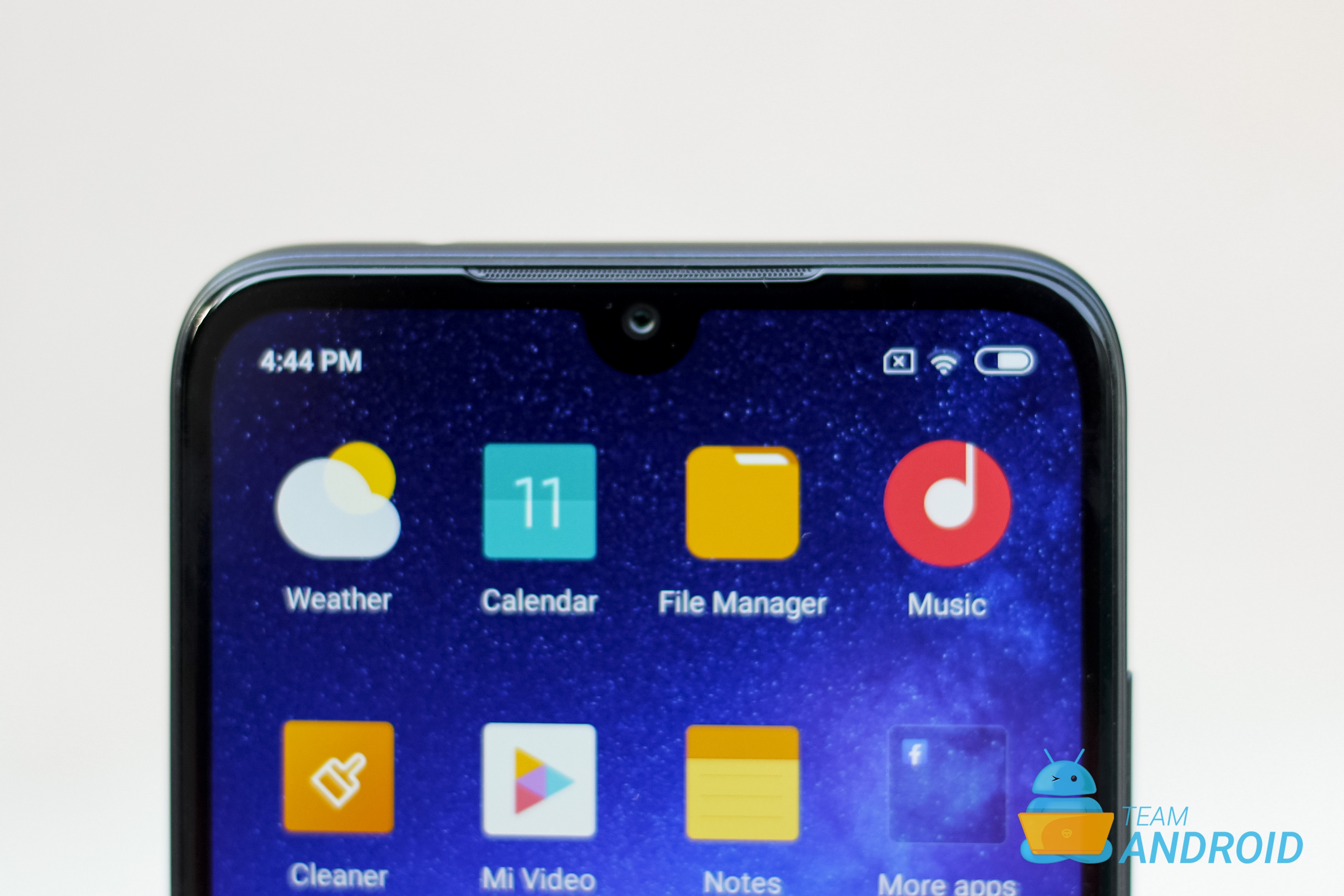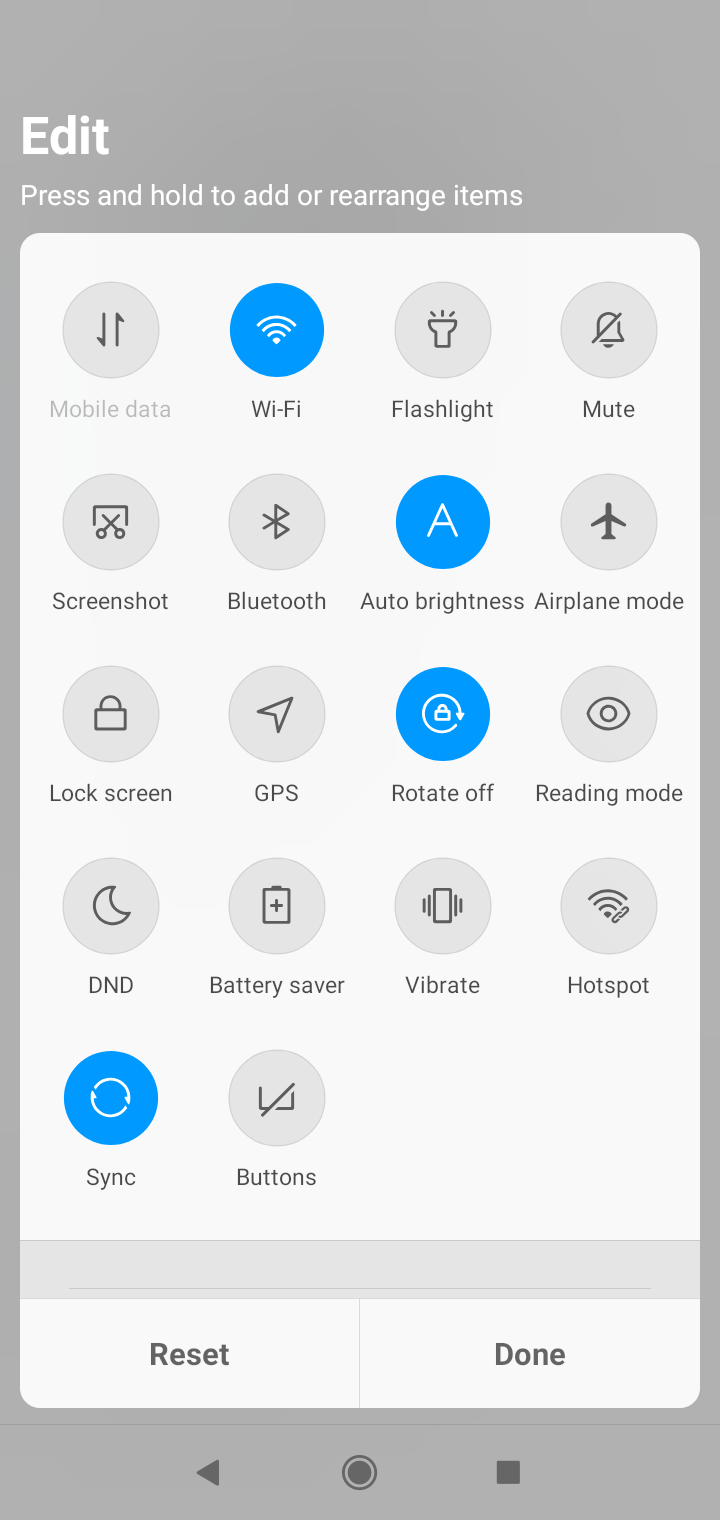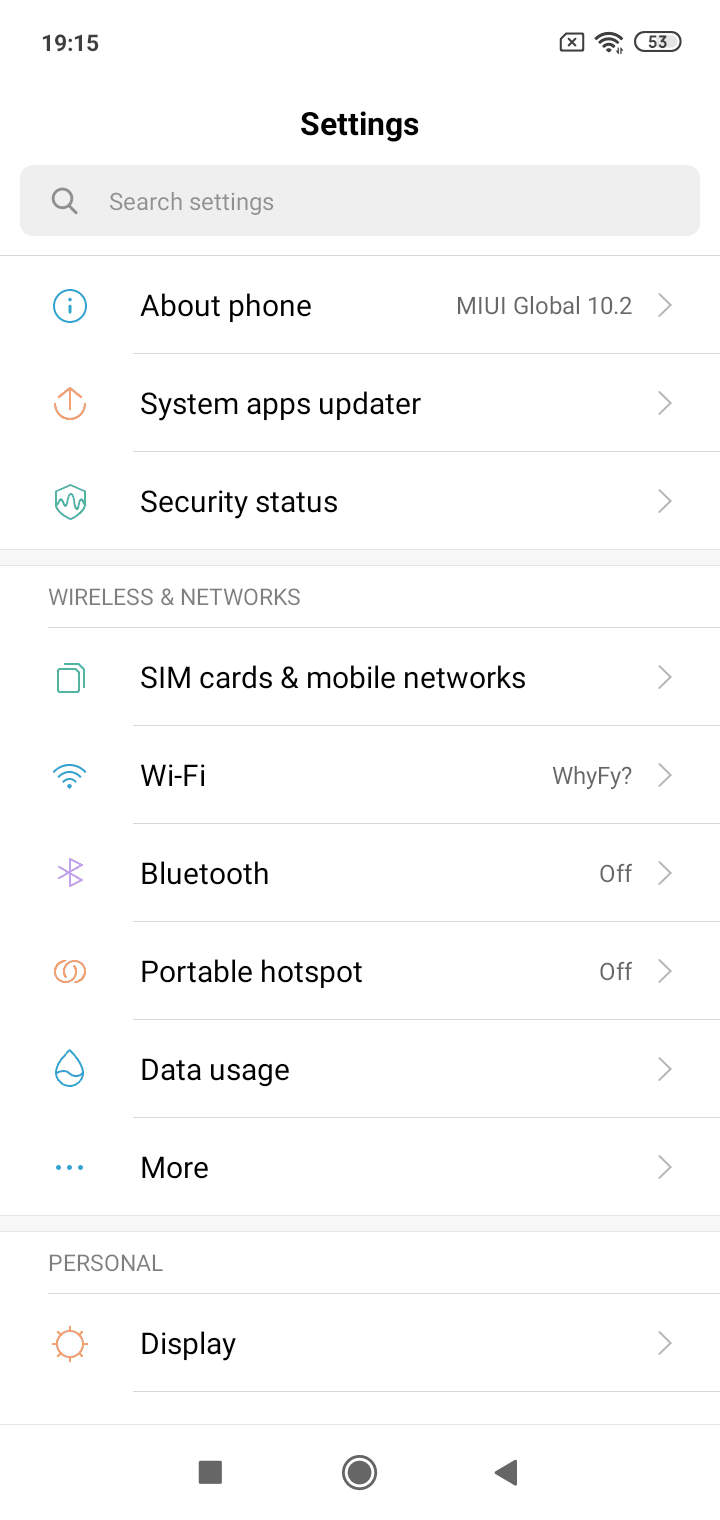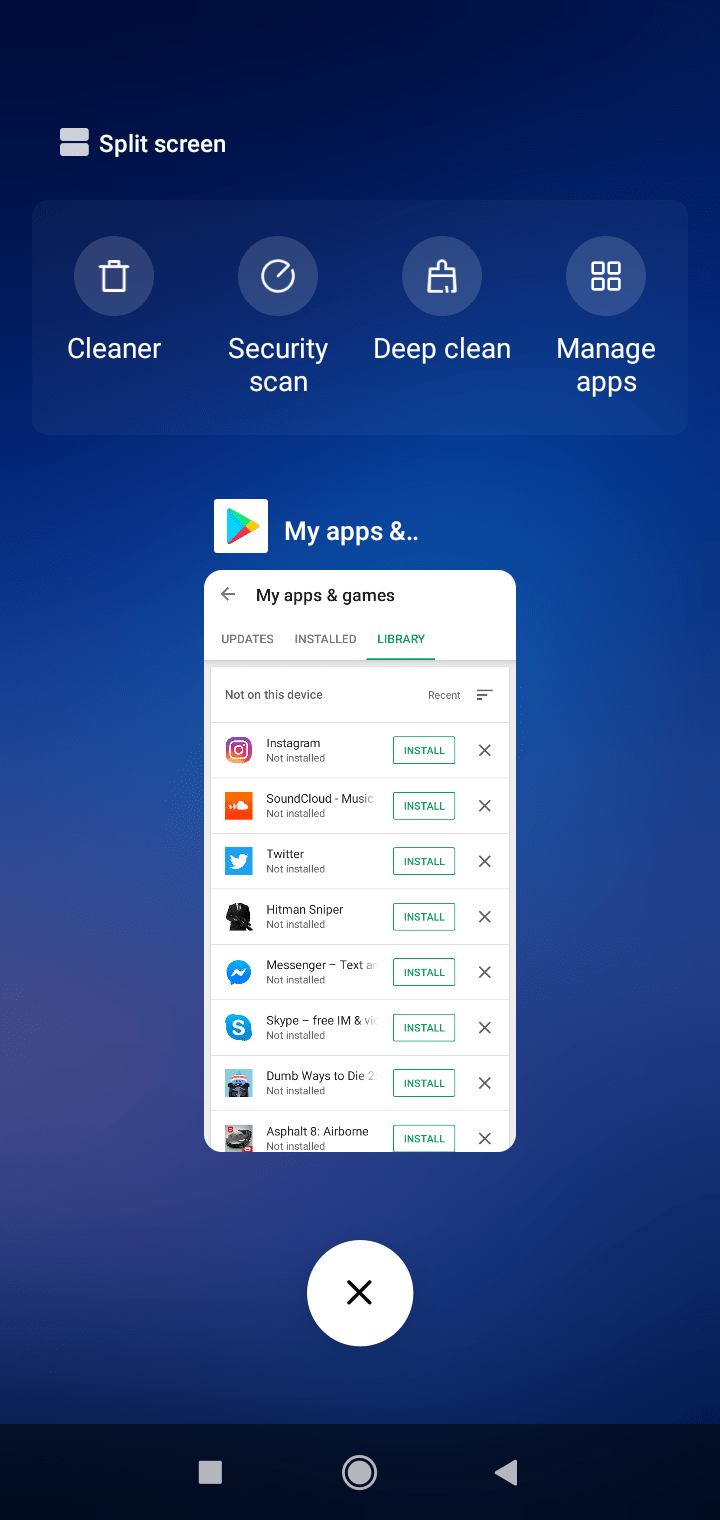Xiaomi is one name synonymous with value especially when it comes to Android phones. Growing and improving its offerings, the brand has recently launched Redmi 7 in multiple markets, including Pakistan. This release follows up from older Redmi 6. Speaking of older phones, the single-digit Redmi line started back in 2014 with Redmi 1S and now it’s on to its 7th generation. With each release, the brand has drastically improved hardware and software. While Redmi 7 has to stand tall against the older 6, it also faces tough competition from other rising brands. We have had the phone with us for a couple of weeks and here is our complete review.
Redmi 7 places itself well within the large phone category, in terms of overall size. It has a big 6.26 inch display that follows the recent dew-drop / dot-drop notch trend with minimal bezels. Further, the phone comes in various color options that range from Comet Blue, Lunar Red and Eclipse Black. Internally, as the device runs MIUI 10 based on Android 9.0 Pie, it has a lot to offer. Testing Redmi 7 as a complete package, this is our detailed review.

Before our discussion, here is the list of all official Xiaomi Redmi 7 technical specs:
- Network: (GSM / FDD / TDD / WCDMA)
- Display: 6.26-inch Display (1520 x 720)
- Processor: Snapdragon 632
- OS: Android 9.0, MIUI 10
- Camera (Rear): 12 MP ( f/2.2 aperture) + 2MP
- Camera (Front): 8 MP, f/2.0 aperture, 1.12 μm large pixels
- Connectivity: Type-C USB 2.0, Bluetooth 4.2, WiFi 802.11 b/g/n, Headphone Jack 3.5mm, IR Blaster
- Memory: 2GB+16GB / 3GB+32GB / 3GB+64GB
- Dimension: 158.73 x 75.58 x 8.47 mm
- Battery: 4,000mAh
Whats in the Box
Xiaomi Redmi 7 comes in a standard, rectangular shaped box which carries the phone name up top and details on the bottom. For details, key hardware specs are listed including the display size, processor, storage capacity, dual cameras and battery capacity. Our unit also had a warranty card outside of the box, for other regions, this may change. Further, there is a small tag saying “Global Version” on one side of the box.
Opening the box, there is a white envelope which houses a clear, black silicon case, paperwork and SIM eject tool. The envelope is on top of the actual device to protect it in shipping. Taking Redmi 7 out of the box, it comes wrapped in protective, removable plastic. Further along, for the remaining contents, included is a USB wall adapter and microUSB cable. Despite having a 3.5mm headphone jack, no headphones though.
Box Contents:
- Redmi 7
- Clear Black Silicon Case
- SIM Eject Tool
- USB Wall Adapter
- microUSB Cable
- Warranty / User Information
Exterior and Design

Bar shape of a phone can only be manipulated so much. With the ever-growing market space, it is becoming quite difficult to stand out with a unique design. However, for Redmi 7, it sticks true to basics and tradition. Starting with the front, this phone ships with a 6.26 inch display panel at 19:9 aspect ratio. Slightly taller than Redmi 6, which had 18:9, this allows for more screen real estate with minimum increase in width hence offering better one-hand usability. Also, improved from last year, is the notch. There is a minimal dot-drop notch that houses the front camera and above it, a standard earpiece. For bezels, they are reduced but not as much as on higher-end phones. Further, there is a chin on the bottom as well. It might not be as pleasing to the eye but slightly larger bezels protect the main display from drops.
Jumping to the rear, Redmi 7 takes a different approach with its dual camera system. Rather than having the horizontal layout from before, this time round, it has been changed towards vertical. Another great new change is, the back is now a complete glass piece that curves on its edges for better grip. For budget sector, this is a great material choice as it gives Redmi 7 a premium outlook and feel. Additionally, there are some unique color options available as well. The capacitive fingerprint sensor is also rear mounted.
Inspecting each of the sides, Redmi 7 uses a plastic surround to mate the front and rear glass. Rather than going with glossy plastic, Xiaomi chose matte. This gives the device a great grip and protects against accidental falls. On the left, there is a SIM slot. With developing markets in mind, Redmi 7 features dual SIM capabilities along with a dedicated microSD slot. This allows users to easily run both SIMs along with the ability to expand memory up-to 512GB at the same time. For the right, this is where all the physical buttons are. Following standard Xiaomi layout, the phone has the power button beneath and above it volume controls. The layout is easy to learn but there is no texture difference between power and volume buttons.
Observing the bottom end, Redmi 7 has a microUSB port and speaker grills on each side. Left grill is where the single speaker is found, the right grill is probably only for the microphone, no speaker. Going with microUSB is a good choice as the target audience will most probably already have microUSB cables and accessories hence wont be required to change them for their new phone. As for the top, it has the standard 3.5mm headphone jack, microphone cut-out and a unique IR blaster. The top Infra-Red sensor comes in handy when you want to control appliances such as a TV, AC unit or others.
Redmi 7 Review: Internal Hardware and Performance
Crucial for any phone is to perform well. Using either optimized software, better hardware or even both, brands have come up with various combinations that work well within a budget. For Xiaomi, it has always been the case of using software to its advantage and utilizing good hardware.
– Display

As discussed earlier, there is a 6.26 inch display upfront on Redmi 7. The technology used here is LCD, which is perfectly fine at this price point. The display powers up-to 450 nit of peak brightness and also gets quite dim when needed in low-light situations. The resolution for this panel is 1520×720 which makes it 720p / HD+ and equates to about 269 pixels per inch. The text appears relatively crisp and is adequate. Color reproduction is good and contrast can be calibrated through settings quite easily. Quite a solid unit overall.
– Processor, Storage and RAM

Powering Redmi 7 is Snapdragon’s slightly upper-tier entry-level 632 processor. Customers can choose to buy the device with either 2GB of RAM and 32GB of storage or get 3GB of RAM and 32GB of storage or even 3GB of RAM and 64GB of storage. For storage capacities, Redmi 7 offers well. As there is dedicated expansion available, storage should not be an issue. Uniquely, Xiaomi is offering 3 variants of the same device, this is one more than the standard 2 that competitors offer. For RAM, we think Redmi 7 should have started at 3GB and higher-end models should have shipped with 4GB of RAM. While 2GB of RAM is good for most users, it can easily get filled up and the device has to start killing running apps.
For overall performance, 632 chipset performs really well and at this price-point, it is quite ahead from other similar competing chips. As our unit arrived in 32GB of storage and 3GB of RAM, our tests would slightly differ from 2GB variant. Coupling with MIUI, the interface is snappy and there are hardly any apps with which the phone struggles. As a reference, we performed some benchmarks and here are the results.
– Battery

If there was one sole highlight about the Redmi 7, it would be its battery endurance. Thanks to a large 4,000mAh battery module and MIUI 10 working its magic, we easily got up-to 1.5 days of use out of the phone. This was after we performed benchmarks, throgouhly tested the display and ran numerous apps. Its safe to say if you are looking to get a high-endurance phone, Redmi 7 surely excels in this regard. If built-in power-saving methods are utilized, the endurance can be enhanced even further.
Redmi 7 Review: Camera

Redmi 6 introduced dual cameras to the Redmi line, growing on that, Redmi 7 carries a dual camera rear setup as well. However, unlike before, the secondary lens has been downgraded from 5MP to now, 2MP. As the secondary lens is there to provide only depth info, we can’t really say if the downgrade makes any difference or even if it is an actual downgrade at all. For the main sensor, the module is rated at 12MP but with 1.25μm large pixels. Even more, there is Aritificial Intelligence / AI built-in as well. There are 27 scenes which the system can detect.
In our testing, the camera was able to capture some stunning shots. Further, the dedicated HDR mode helped to capture balanced pictures. It is safe to say Redmi 7 stands well when compared with other dual camera systems. The only downside we noticed was a slow camera experience. The app had a noticeable delay in pressing the shutter and the shot being taken. Further, this lag also led to shaky photos as generally, one moves the camera after pressing the shutter and there is no stabilization. Further, there is no dedicated Night mode for low-light situations. You can view our tests below.
The front module on Redmi 7 is quite good. 8MP module offers sharpness and accurate details. For the front, there are dedicated AI Beautify and AI portrait modes as well. Each of these come in handy and work well to get the perfect shot.
Redmi 7 Review: Software

Xiaomi’s MIUI is one thing which led to the brand’s great success in the Android market space. This software skin is one of the most sought after with Android enthusiasts. Running its latest iteration, Redmi 7 comes with MIUI 10 which is based off of Android 9.0 Pie. Staying true to its tradition, MIUI 10 offers an exceptional experience. There are loads of customization options built-in that allow each user to uniquely set-up their phone. Further, there is support for all leading functions such as gestures and face unlock.
In addition to standard Android Pie functionality, there is an Enterprise Mode which allows to store data and communicate securely. Further, there is a complete Theme engine built-in which lets users try out different UI designs, icons can be changed and the overall color scheme as well. More, MIUI 10 comes with Second Space which basically allows you to setup settings and everything else separately just as you would on a second phone. Using a password, you can switch between the two.
All in all, MIUI 10 is a key point when we judge Redmi 7. It adds loads of functionality and features to the device which are otherwise not available in competing skins. Xiaomi is also known to keep a good track record when it comes to updates so, no worries there as well.









